Evolution of the Idea
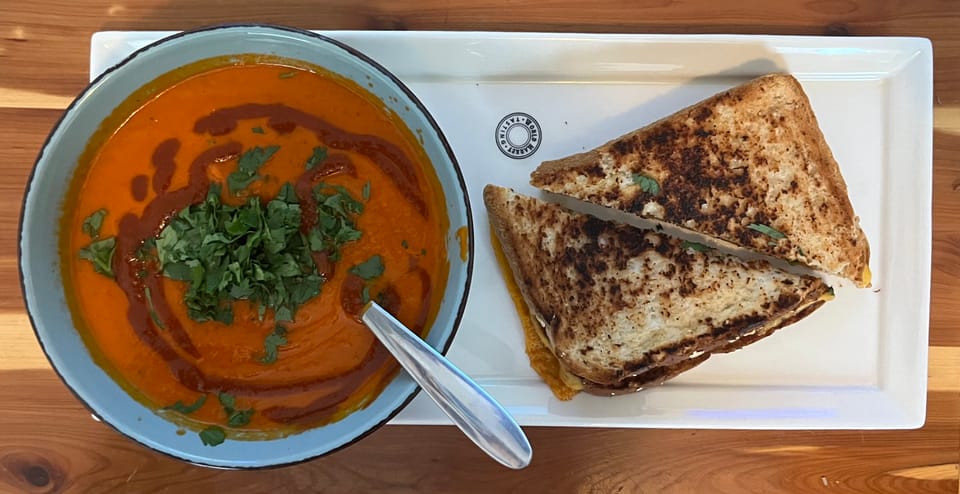
The origin story leaves us at the founding of my company, what was called Fathom Fishing at the time. I wanted to use data science, analytics and all those fun buzz words to help enhance the fishing industry my family was surrounded by.
We live in an era defined by data. Everything from our attention span watching ads to our pets' bowel movements is quantified, measured and analyzed. But in that sea of data was, almost literally, no data about our seas. If I wanted to study lobster fishing I'd have to collect the data myself, there wasn't a repository of valuable data I could just download. This spawned the first couple of concrete ideas:
- Trap Logger - a data collection device fishermen attach to their lobster traps.
- Smart Plotter - a chartplotter that automatically takes data from trap loggers, and correlates it with catch/landing data
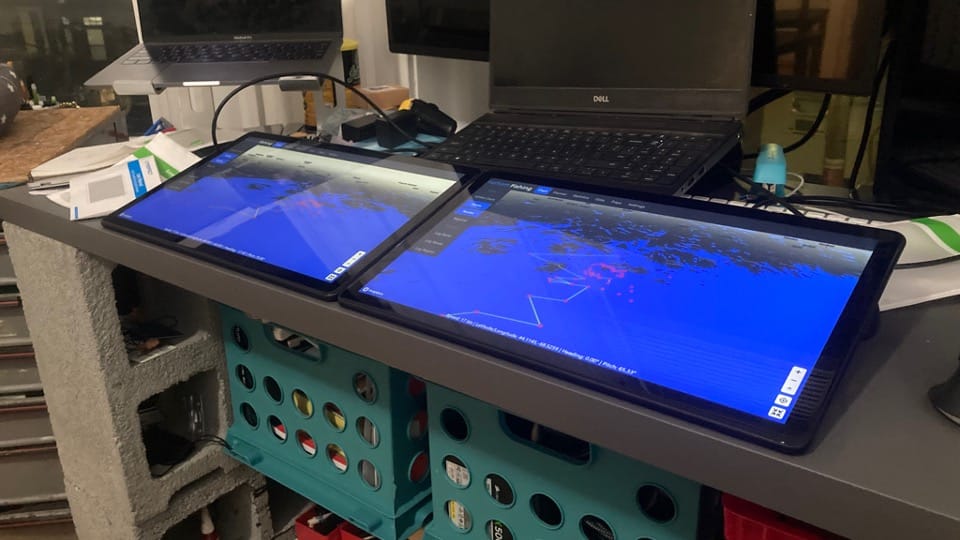
The idea was simple enough in theory, and it was hard to argue that data wouldn't help fishermen. Over the course of my development, I came across a couple of similar projects, most notably eMOLT. I met with Jim Manning, who headed eMOLT and some of his partners. eMOLT turned out a lot of interesting research, but never scaled across the whole fleet, or amounted to much more than a successful citizen science effort. One of Jim's partners however was Cooper, who ran Ocean Data Network. Cooper and ODN took the idea of colocating data collection with fishing gear and made that their business. They are incredibly successful, but it wasn't my thing. I certainly didn't want to copy him; and I also didn't think it was a big enough step. ODN is able to deploy expensive sensors and probes to areas where certain stakeholders want data. They are able to amortize that cost. I wanted to bring the cost down entirely. Having seen these paths play out, I was feeling down on the idea of collecting data on lobster traps. The economics weren't quite right; there was uncertainty about the future of the lobster fleet. I needed a pivot.
A couple of fishermen I had talked to during early customer interviews mentioned oyster farming, and aquaculture. I attended the Northeast Aquaculture Conference and Exposition. Over a weekend I was completely submerged in everything aquaculture. While not exactly new, the aquaculture industry felt nascent and was in a sort of revolution or growth spurt. It was a huge boost and I knew I needed to make this part of my plan.
The pitch was largely the same: we need tools to collect data related to aquaculture. Existing tools are prohibitively expensive.
I must've seen at least 5 different presentations where masters or PhD students spent 80% of their time and budget developing their own cheap sensors so they could try and conduct their biology/oceanography research. So much duplicated effort. None of them ended up collecting the data they needed because they didn't have the expertise to develop the sensing platforms; or they ran out of time.
On the commercial side I saw countless farmers plagued with shutdowns due to rainfall and harmfal algal blooms (HABs). After certain events like heavy rainfall they couldn't harvest until the waters were deemed safe by the state, who tests water quality by hand with a very expensive probe and lab tests. Surely there was a cheaper and more efficient way to do that testing.
Finally there were secondary/tertiary stakeholders. I sat in on a set of presentations alluding to crop insurance offerings in the future. Actuaries need data, and I knew it didn't exist... There were a few presentations about carbon and nitrogen credit markets. Oysters and seaweed are natural cleaners - a single oyster filters 50 gallons of water a day! Polluters wanted to buy carbon and nitrogen credits, but the data didn't exist to prove impact. In order for a credit market to be viable, an entire industry measuring the impact of aquaculture operations would need to be born.
That weekend was all the convincing I needed to put my eggs in the aquaculture basket. I took the sensors attached to lobster traps and envisioned them on a little buoy - maybe a foot or two across - moored to oyster farms. Oyster farmers could use the environmental data to help them predict growth on their farm, and maybe one day could be used to mitigate HABs, and even drive sales of credits.
So was born the XB-X - a small, low-cost monitoring buoy that could deliver environmental data in real time. In my head it could measure:
- ambient temperature
- water temperature
- current speed
- current direction
- salinity
- dissolved oxygen
- chlorophyll
- wave height
- wave period
- water depth
That's a tall order, but I set out to build it. I'm still building it. Hardware is hard...
I check in with researchers and aquaculturists as I build the XB-X. Early on, a researcher from the Darling Marine Center asked two questions: "Is it configurable?" and "What if I don't want all of that stuff?". I knew I didn't want a user configurable device for a variety of reasons, so my knee jerk answer to that question was a hard no. But the lightbulb went off, and we chatted about a scaled back solution. Temperature, salinity, and currents at a fraction of the cost of existing products would already be a huge leap. I hit the road and thought the whole way home about how my adventure was no longer about a single buoy, but a series of different products to meet a variety of needs.
Now we're at the XB-X a comprehensive monitoring buoy and MB-X - a super low cost monitoring buoy. They'd be based on the same form factor, and use a lot of the same sensors.
I've been working on the MB-X and XB-X for the better part of the last two years. Development has been slow but promising! Hardware is hard. Originally, I wanted to deploy 10 buoys in June of 2023, then it was July, and I had managed to deploy 2 buoys for a handful of hours.
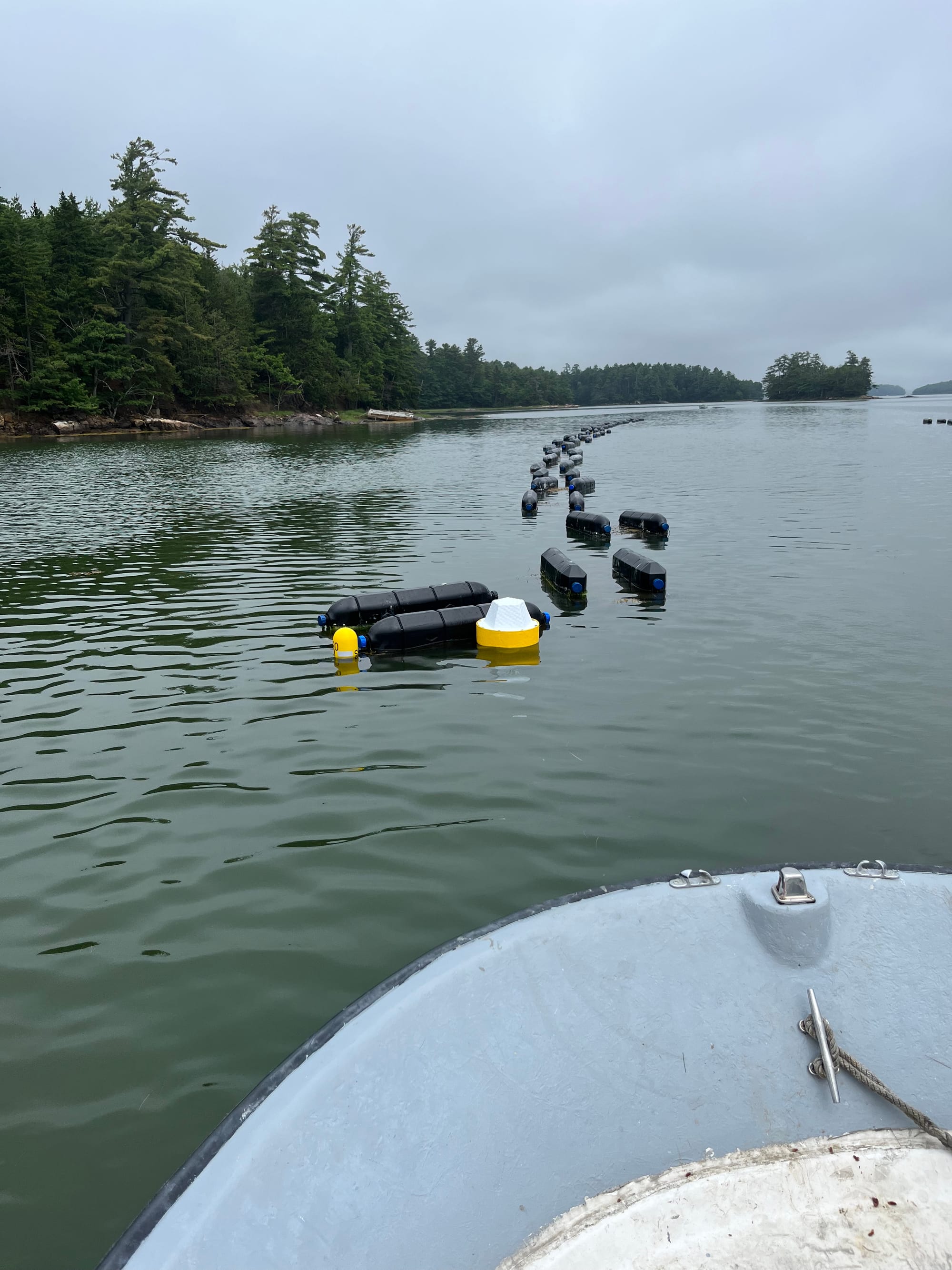
Then came winter and now I'm in the middle of completely reworking the system. Again, progress but slow progress. With fear of sounding like a broken record - I'm working 10 MB-X buoys to be deployed in April of 2024.
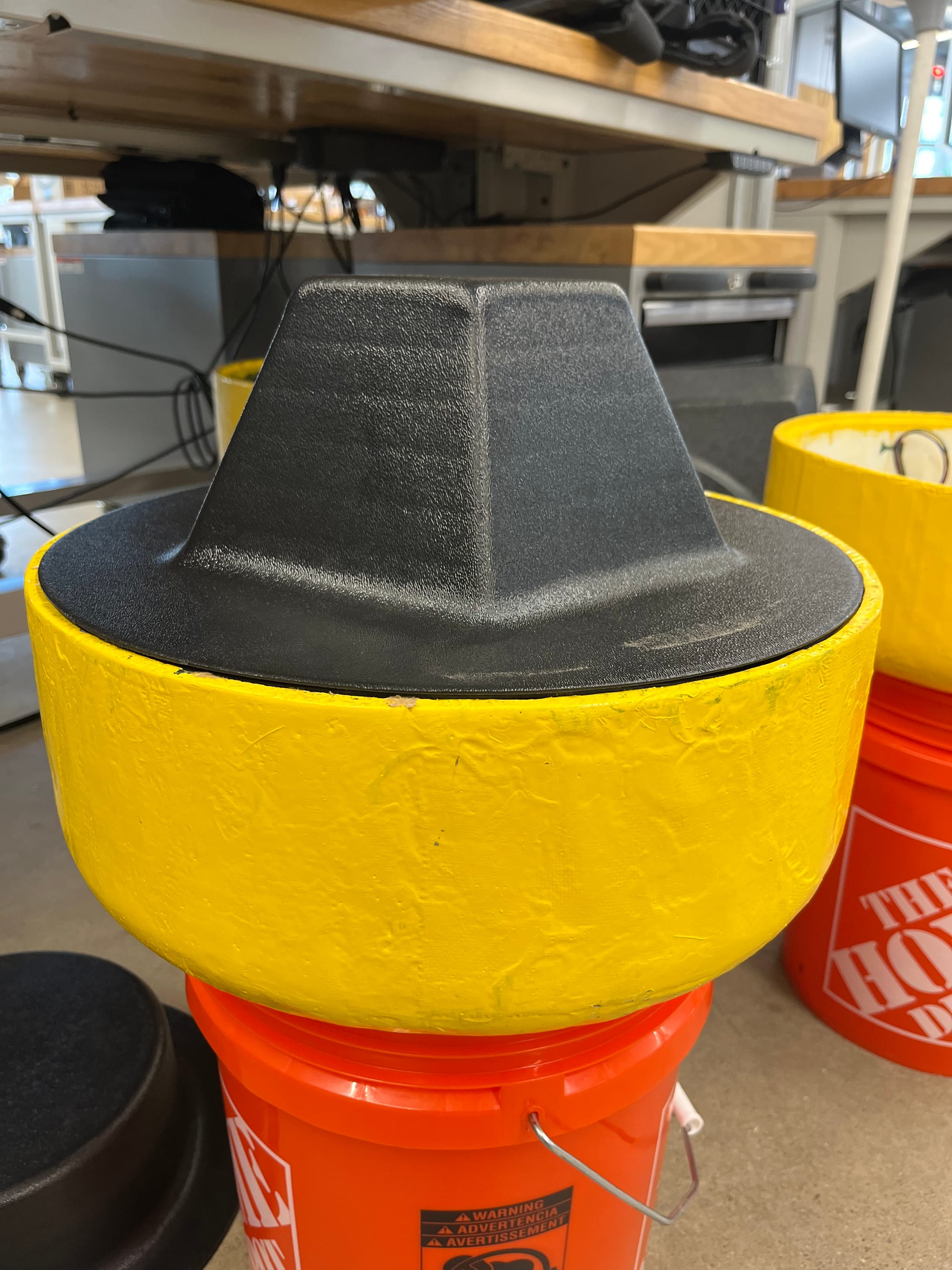
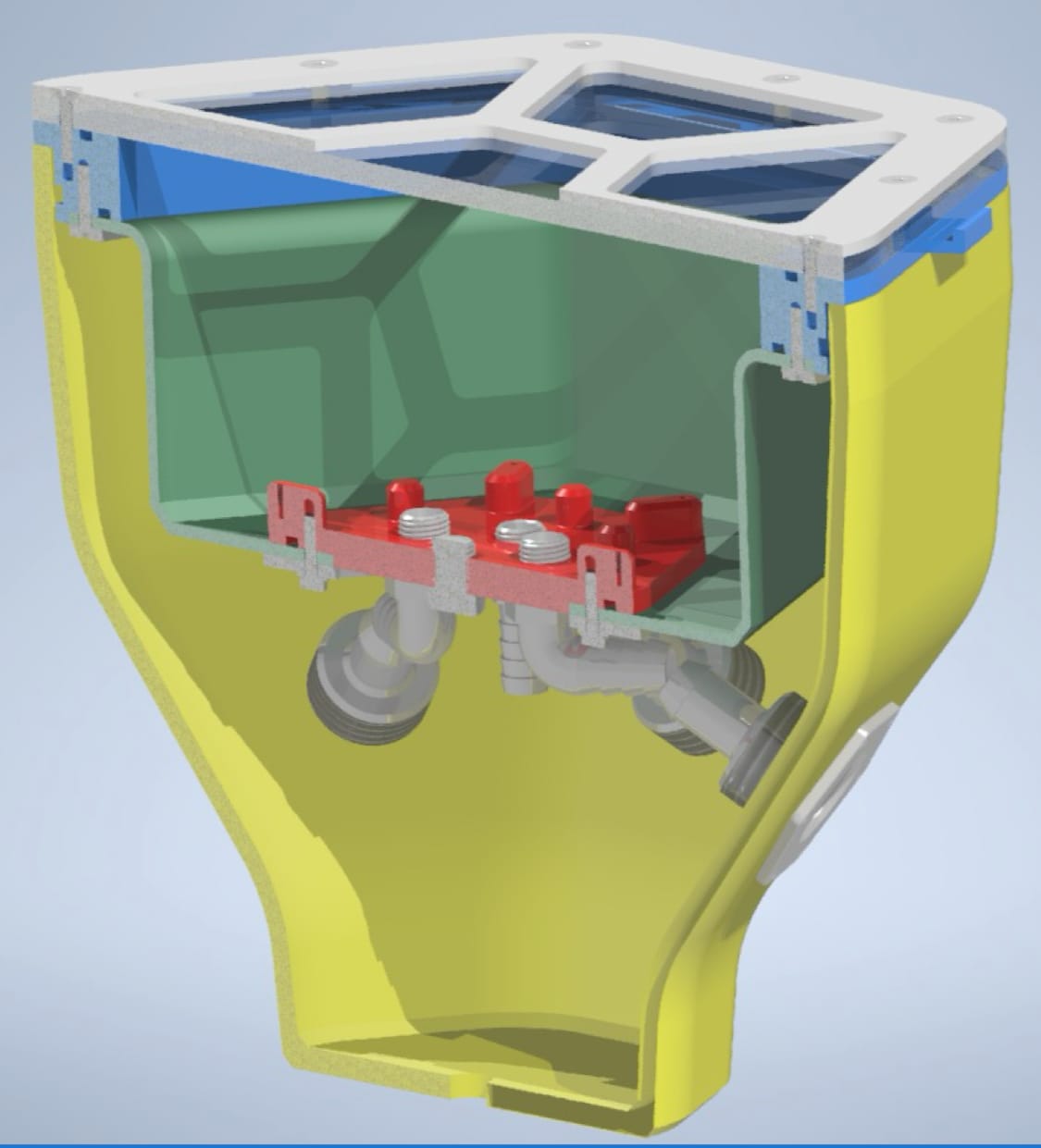
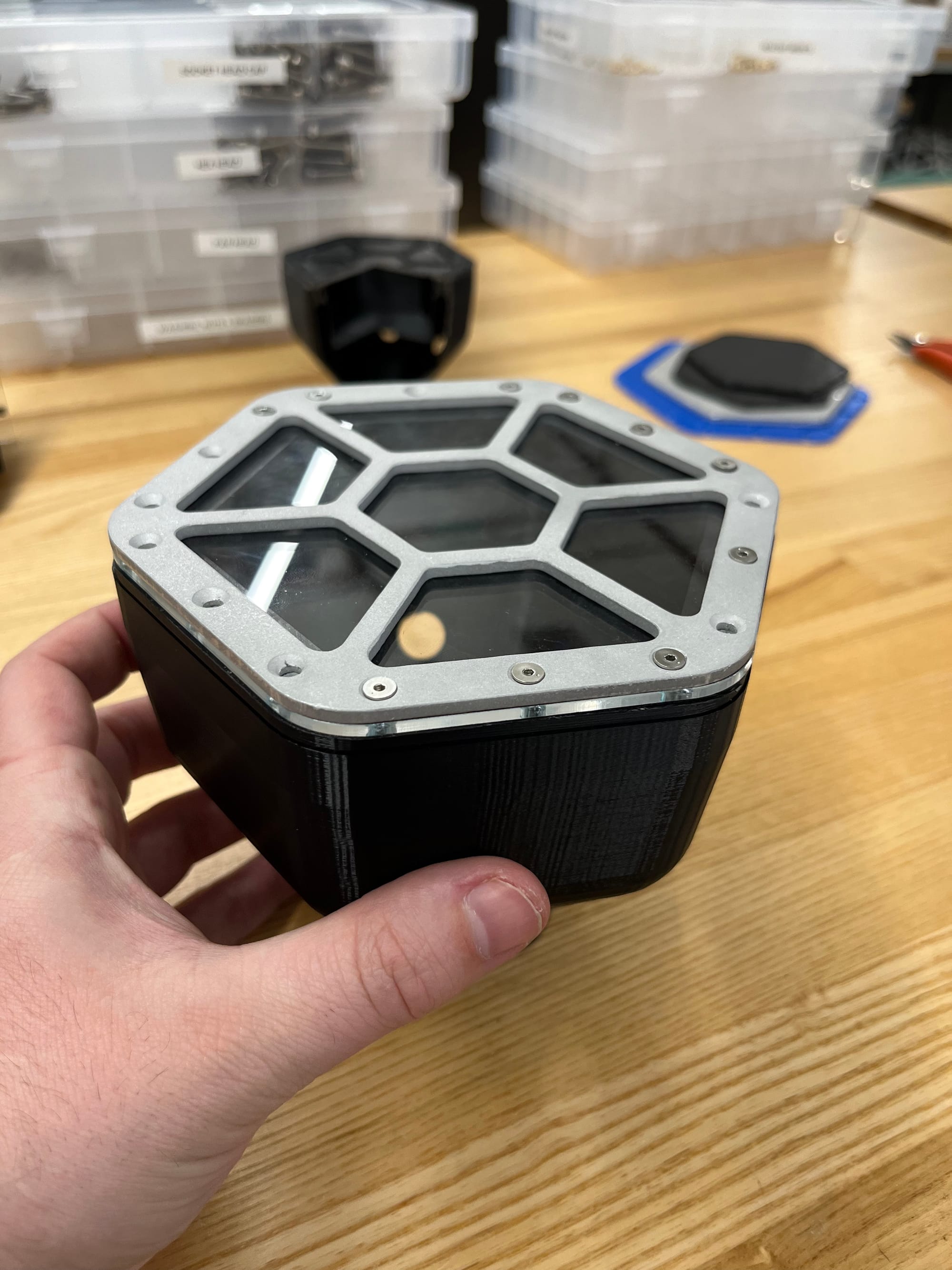
Left to right: 1st gen XB-X; 2nd gen XB-X CAD model; 2nd gen XB-X half scale model
The most recent addition to the lineup has been the DB-X, a drifting buoy originally pioneered by Coastal Measures, but now in my hands. They had the same passion for data analytics and AI, identified a lot of the same shortcomings in the technology, and set out to solve it - but they didn't really want to build the hardware. And so now the Seaport Systems offering has branched out from the XB-X/MB-X platform to include a new drifting form factor.
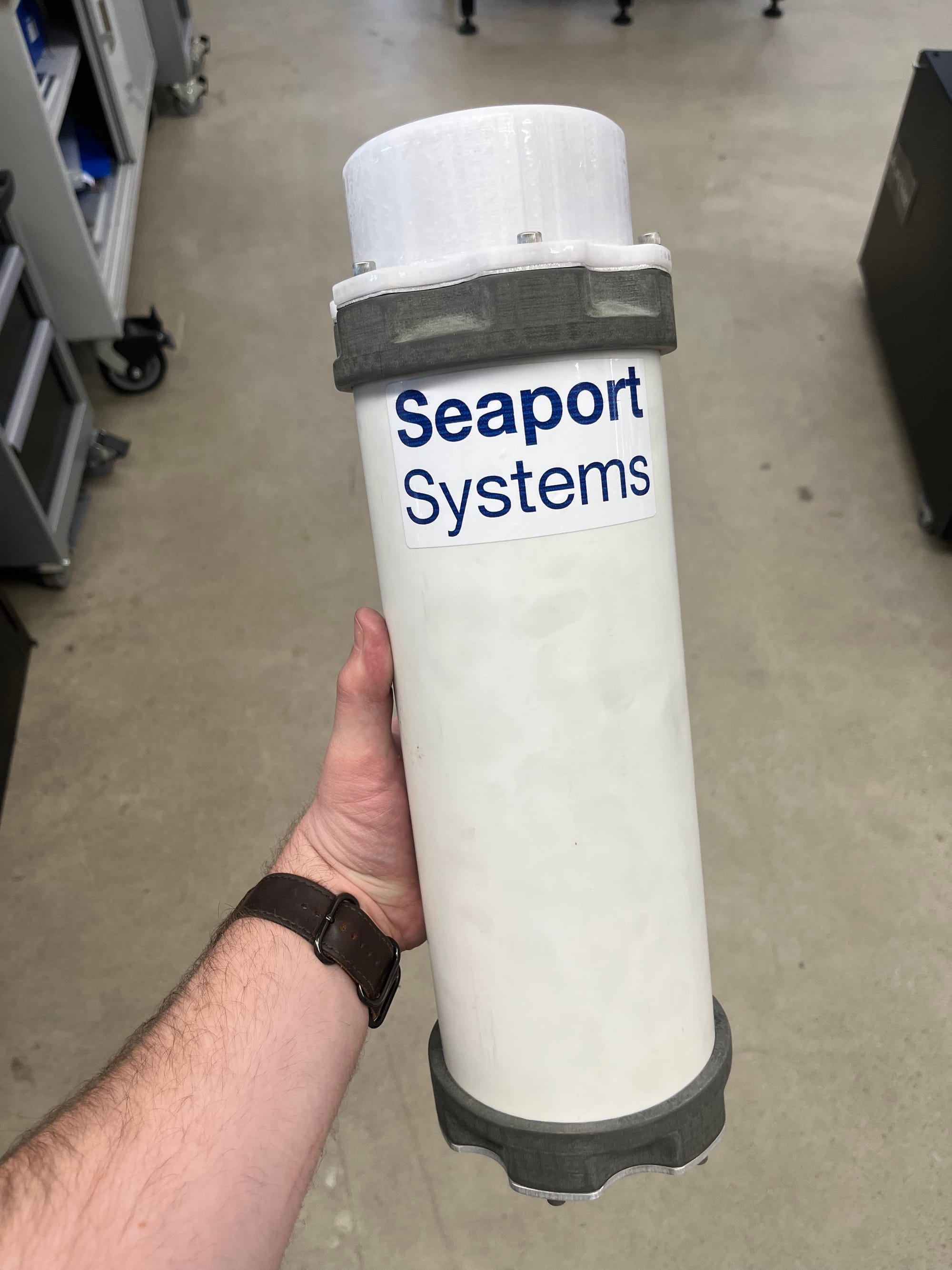
Whereas the XB-X and MB-X are designed to be moored to a point of interest, maybe an oyster farm, seaweed farm or river inlet/outlet; the DB-X is a drifting buoy, designed to be tossed off a boat, and well, drift. The buoy reports its location periodically, and researchers can watch them on a map. They can study river currents and generate dispersion models. Maybe waste from a treatment facility leaks into a river, where does it go? Use a DB-X to figure that out. Someone falls overboard and the Coast Guard wants to know where they went, Use a DB-X to figure out where they drifted to. Oil spill? DB-X.
The DB-X is an incredible complement to the already comprehensive lineup of monitoring buoys. It's also drastically simpler to design, build and test!
That was a lot of rambling, but is the evolution of my idea, from sports betting on the mess deck to Seaport Systems as the manufacturing partner to Coastal Measures. Obviously there's still tons of work to get what I've already dreamed up built, but there is plenty more in the pipeline. It's very tough to manage: there's seemingly infinite applications for oceanographic monitoring, and I want to continue building tools for aquaculturists. The Aquaculture OS - every tool you need to create and scale an aquaculture operation. But in the short term, I have to deliver on the crazy pipe dreams I've already promised!
